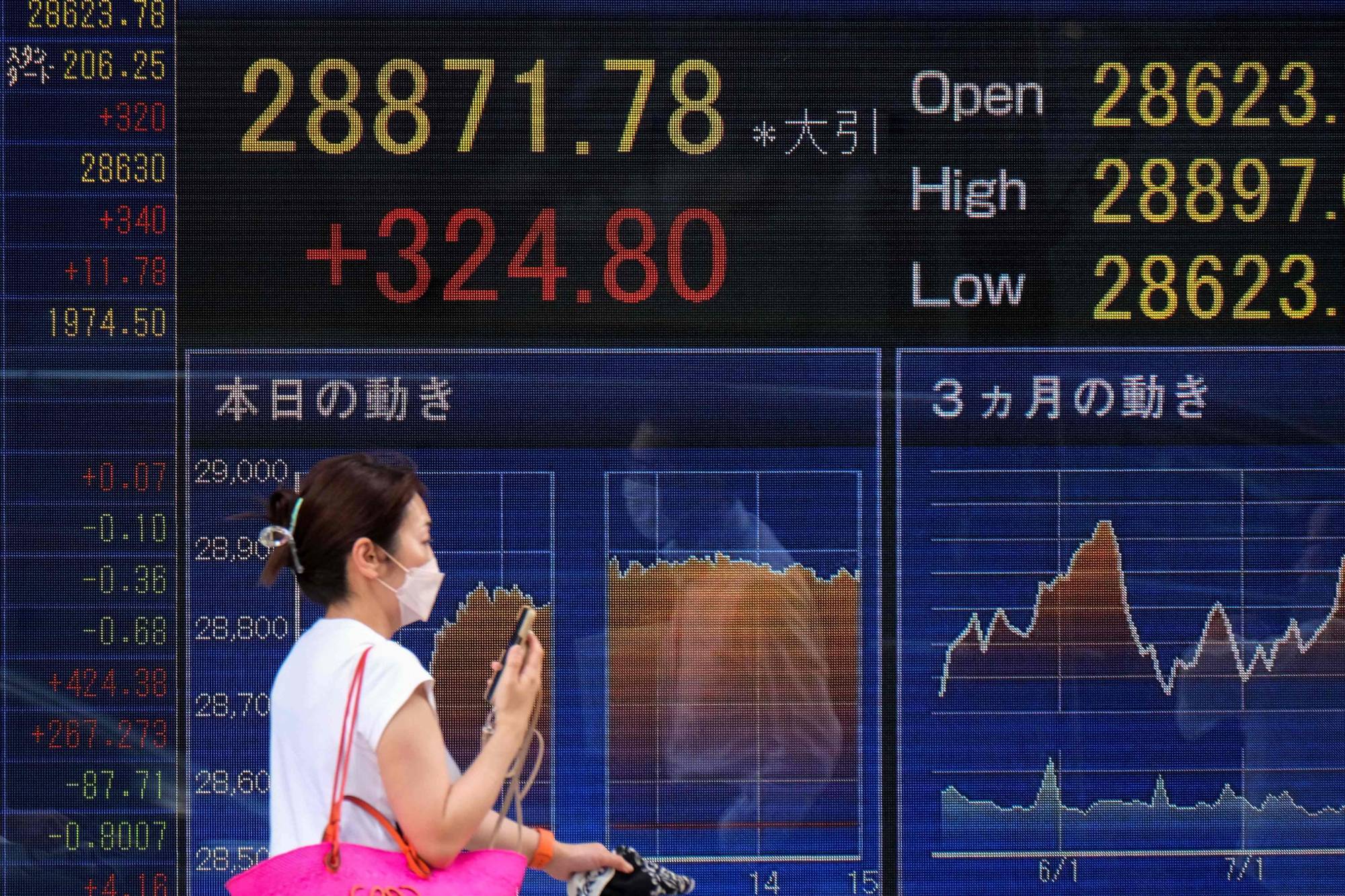The Financial Services Agency is looking to beef up a tax-free investing program in an effort to shift the enormous amount of household assets held in savings accounts or as cash into investment, according to sources.
The FSA is planning on requesting an increase to the investment caps for a program known as the Nippon Individual Savings Account (NISA) and making it a permanent system as part of the tax revision for the fiscal year beginning next April.
The move aims to help accelerate Prime Minister Fumio Kishida’s key economic goal of boosting people’s asset income.
















With your current subscription plan you can comment on stories. However, before writing your first comment, please create a display name in the Profile section of your subscriber account page.